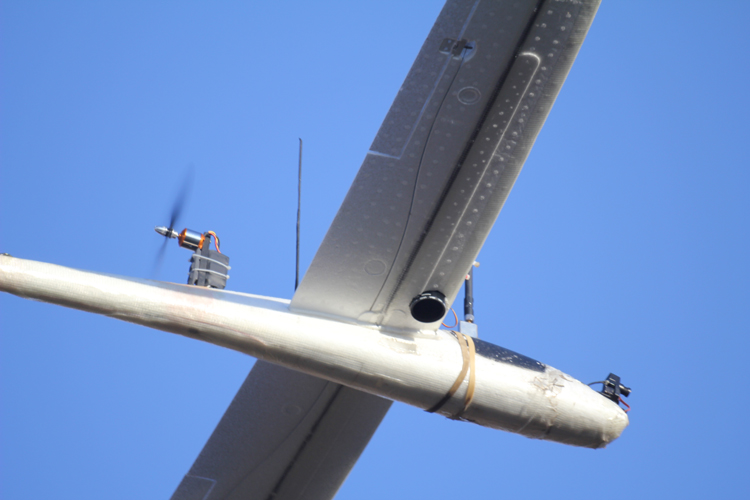Complex ecological and epidemiological systems require multidisciplinary and innovative research. Low cost unmanned aircraft systems (UAS) can provide information on the spatial pattern of hosts' distribution and abundance, which is crucial as regards modelling the determinants of disease transmission and persistence on a fine spatial scale. In this context the spatial epidemiology of tuberculosis (TB) in the ungulate community of Doñana National Park (South-western Spain) has been studied by modelling species host (red deer, fallow deer and cattle) abundance at fine spatial scale. The use of UAS high-resolution images has allowed collecting data to model the environmental determinants of host abundance, and in a further step to evaluate their relationships with the spatial risk of TB throughout the ungulate community. The study examines the ecological, epidemiological and logistic conditions under which UAS may contribute to study the wildlife/livestock sanitary interface, where the spatial aggregation of hosts becomes crucial. These findings are relevant for planning and implementing research, fundamentally when managing disease in multi-host systems, and focusing on risky areas. Therefore, managers should prioritize the implementation of control strategies to reduce disease of conservation, economic and social relevance. informacion[at]ebd.csic.es Barasona et al (2014) Unmanned Aircraft Systems for Studying Spatial Abundance of Ungulates: Relevance to Spatial Epidemiology. PLoS ONE DOI:10.1371/journal.pone.0115608
http://www.plosone.org/article/info%3Adoi%2F10.1371%2Fjournal.pone.0115608

 Las altas temperaturas están provocando que las lagunas y las marismas de Doñana pierdan agua rápidamente
Las altas temperaturas están provocando que las lagunas y las marismas de Doñana pierdan agua rápidamente




